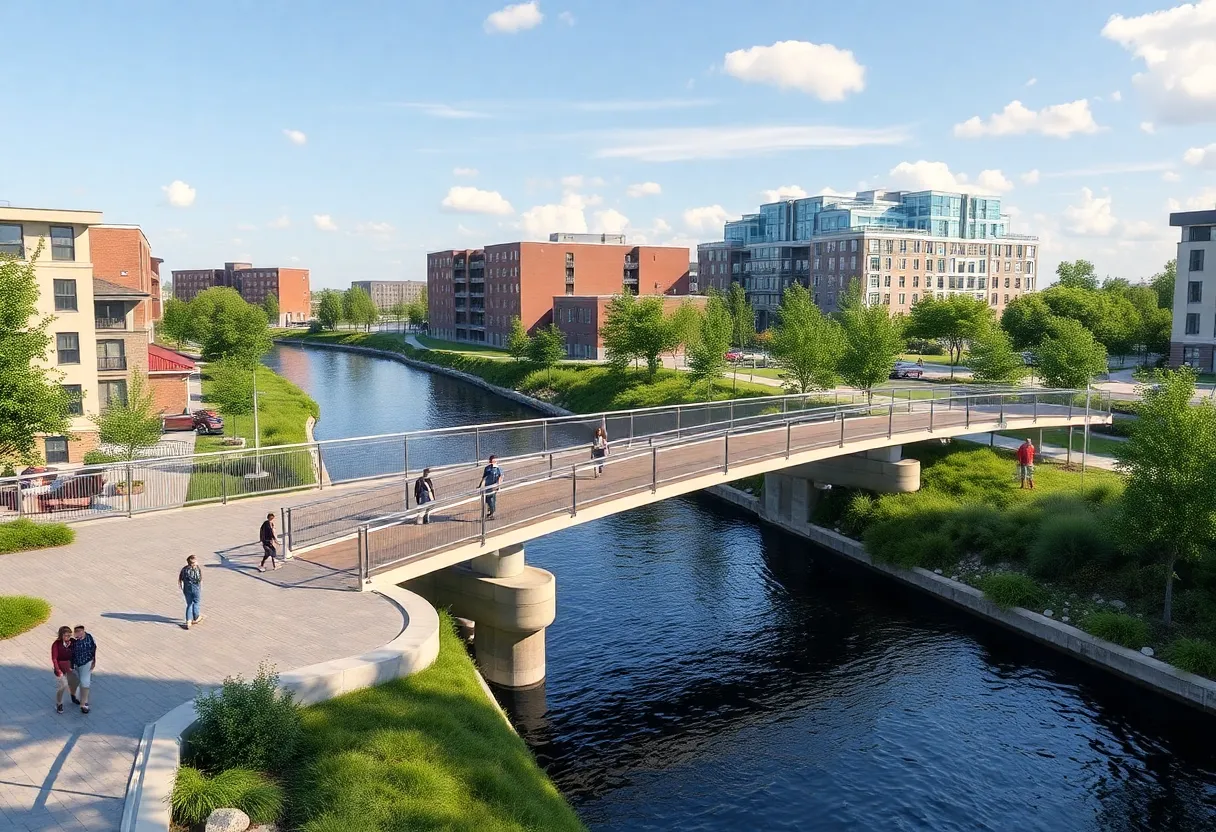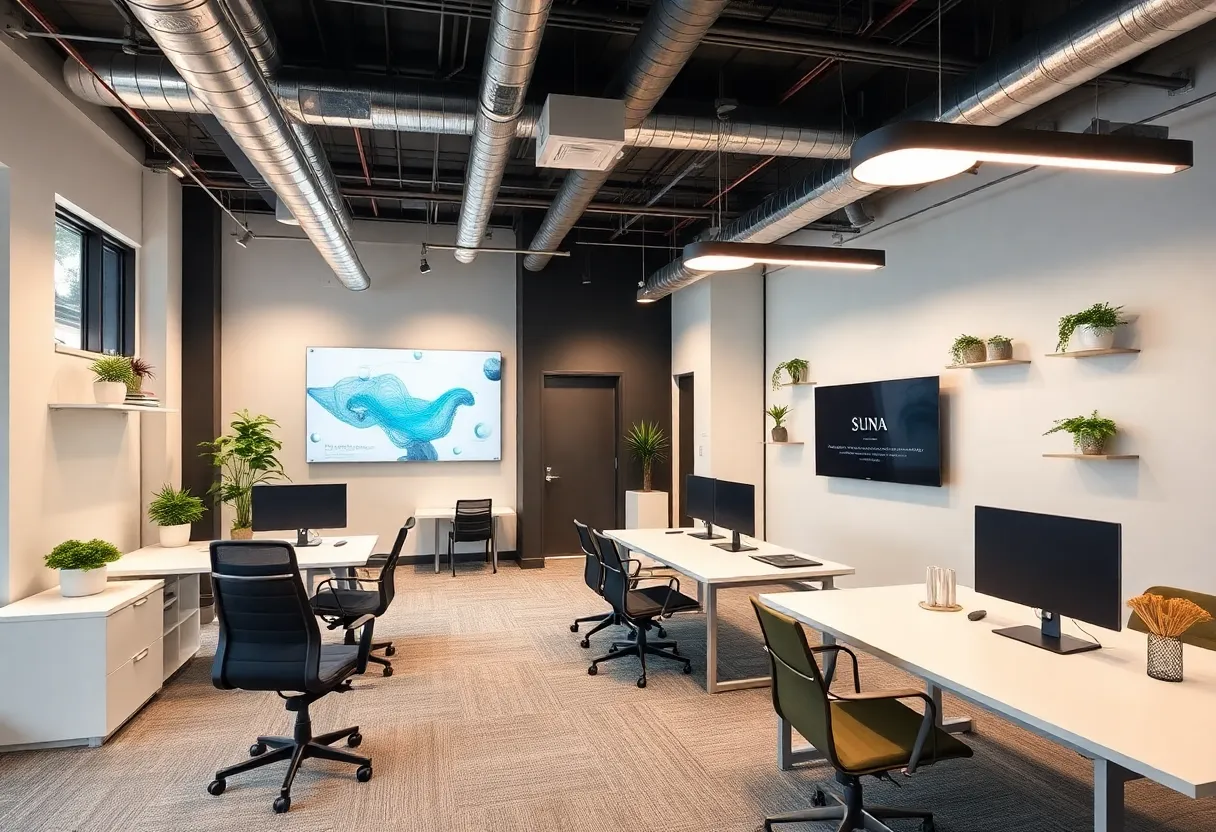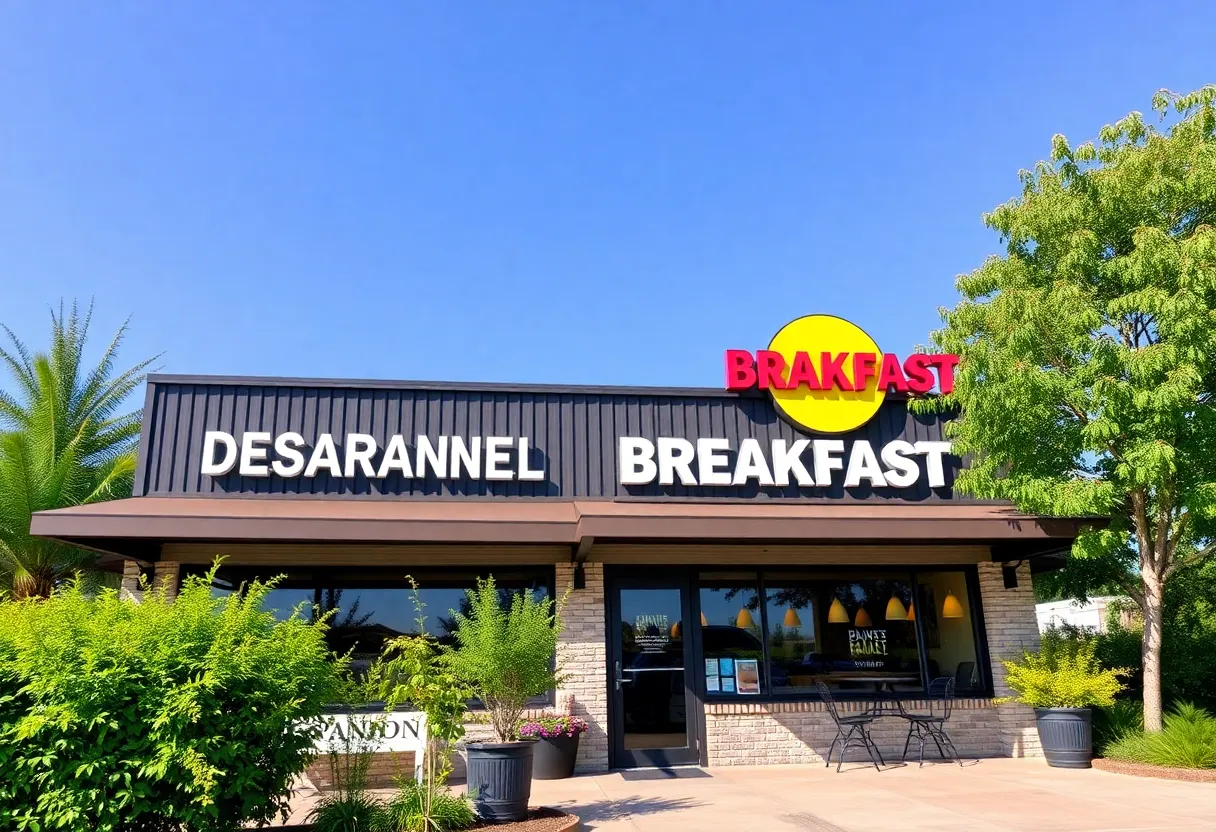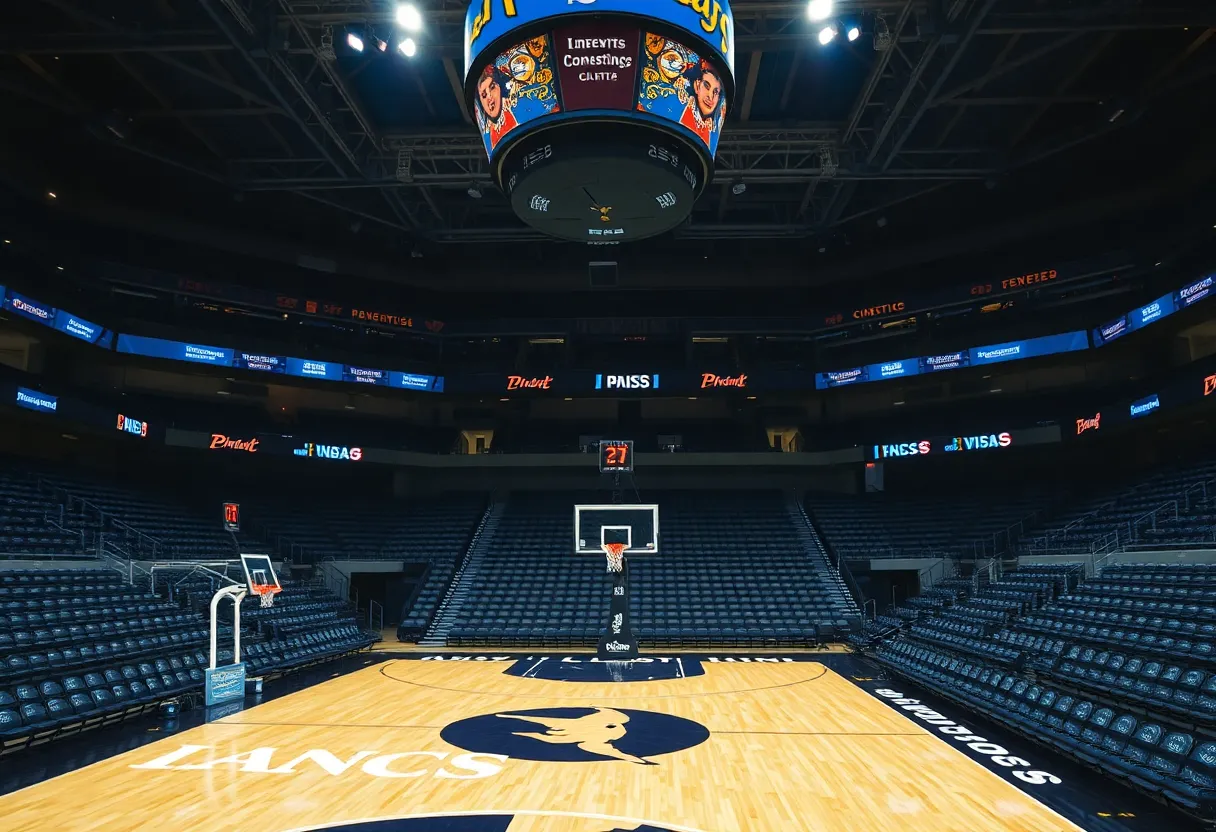News Summary
The $60 million pedestrian bridge project proposed for South Knoxville’s waterfront is facing significant community backlash. Residents are questioning the necessity and funding sources of the project, which aims to connect the South Waterfront to the University of Tennessee campus. Concerns about rising property taxes and misallocated resources are adding to the debate, as many feel that the bridge primarily serves university interests rather than community needs. As discussions continue, transparency in local governance remains a crucial demand from the community.
Knoxville Faces Funding and Community Concerns Over $60 Million Pedestrian Bridge Project
The $60 million pedestrian bridge project proposed for South Knoxville’s waterfront is coming under fire as the community voices concerns about its financing and overall necessity. Criticism has surged amid uncertainty over how the project will be funded and whether it serves community interests or predominantly benefits the University of Tennessee.
Funding Challenges and Taxpayer Impact
The project seeks to link the South Waterfront to the University of Tennessee campus, but funding has become a contentious issue. Currently, the city government plans to rely on a combination of federal grants and local taxpayer dollars to finance the bridge. The Tennessee Department of Transportation has pledged $20 million, while Knoxville’s Community Development Corporation is contributing an additional $15 million in tax increment financing.
Despite these commitments, there is skepticism about the city’s ability to secure necessary federal funding. Concerns have been raised regarding potential reluctance from the current administration to aggressively pursue federal dollars to support the initiative. This has led to doubts about whether taxpayer money should be spent on a project that many feel primarily benefits the university.
Adding to the complexity, the city recently raised property taxes by 40%, largely to bolster its pension system. Recent reports indicate that this increase has not been accompanied by transparent scrutiny of local spending decisions, leading residents to question the priority of a luxury project like the pedestrian bridge amid rising property costs.
Community Reactions and Infrastructure Needs
Residents are increasingly vocal about what they consider misallocated resources. Many assert that the current administration made promises for more substantial infrastructure improvements rather than focusing solely on a pedestrian bridge. Local concerns revolve around the bridge’s potential to promote university-oriented development at the expense of existing neighborhoods.
Critics have pointed out that the proposed project appears to center on concepts of diversity, equity, and inclusion rather than addressing urgent infrastructure challenges. Some local residents call for alternatives that could provide more significant benefits to the broader community, citing a need for thorough evaluations of current infrastructure priorities.
The existing pedestrian bridge in the area is unable to accommodate motor vehicles, and many believe that simply adding a second bridge does not solve deeper transportation issues. Furthermore, fears of increased development pressure due to the new bridge raise alarms about neighborhood displacement.
Political Landscape and Future Steps
The administration led by Indya Kincannon has faced criticism for its fiscal decisions during a time of rising property taxes. The recent local expenditure of $519,750 for a California-based company to manage a violence interruption initiative has also raised eyebrows among residents, who demand accountability in government spending.
Congressman Tim Burchett has been noted for engaging with constituents through regular town hall meetings, where he discusses broader national issues, including fiscal conservatism and infrastructure needs. The congressman is preparing to introduce legislation that targets regulatory reforms linked to former President Trump’s policies.
As the city pursues federal RAISE grant funding for the bridge, previously denied applications suggest that Knoxville must reevaluate its funding strategies for major infrastructure projects. The bridge is expected to pay for itself through increased property tax revenues generated by developments in the area, but future assessments will need to consider the community’s broader infrastructural demands.
Conclusion
The contentious debate surrounding the proposed pedestrian bridge in Knoxville reflects broader concerns about civic priorities, the use of taxpayer dollars, and community needs. As discussions continue, many residents are left questioning the path forward for not only this project but also other pressing infrastructure issues within the city, demonstrating a critical need for transparency and community involvement in local governance.
Deeper Dive: News & Info About This Topic
HERE Resources
Tragic Train Incident in Fremont Claims Lives and Leaves Family in Distress
Mexican Navy’s Cuauhtémoc Collides with Brooklyn Bridge
University of Tennessee Faces Major Federal Funding Cuts
The Vibrant History of Gay Street in Knoxville
Knoxville Woman Dies in Rollover Crash
Southern Skies Music & Whiskey Festival Returning to Knoxville
Neighborhood Advisory Council Meeting in Knoxville
Gay Street Bridge Repairs Begin in Knoxville
Southern Skies Music & Whiskey Festival Set for Knoxville
Tragic Train Accident Claims Life of Knoxville Man
Additional Resources
- Inside of Knoxville: $24.7 Million Federal Grant for Pedestrian Bridge
- Knox News: Knoxville Pedestrian Bridge Funding Applications
- Inside of Knoxville: Interview with Councilmember Smith on Bridge Status
- Encyclopedia Britannica: Pedestrian Bridges
- Knox News: Knoxville Pedestrian Bridge Denied Federal Money
Author: STAFF HERE KNOXVILLE WRITER
The KNOXVILLE STAFF WRITER represents the experienced team at HEREKnoxville.com, your go-to source for actionable local news and information in Knoxville, Knox County, and beyond. Specializing in "news you can use," we cover essential topics like product reviews for personal and business needs, local business directories, politics, real estate trends, neighborhood insights, and state news affecting the area—with deep expertise drawn from years of dedicated reporting and strong community input, including local press releases and business updates. We deliver top reporting on high-value events such as Dogwood Arts Festival, Big Ears Festival, and Knoxville Asian Festival. Our coverage extends to key organizations like the Knoxville Area Chamber Partnership and United Way of Greater Knoxville, plus leading businesses in healthcare, education, and energy that power the local economy such as Covenant Health, University of Tennessee, and Tennessee Valley Authority. As part of the broader HERE network, including HEREBristol.com, HEREChattanooga.com, HEREMemphis.com, and HERENashville.com, we provide comprehensive, credible insights into Tennessee's dynamic landscape.






